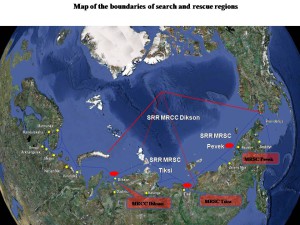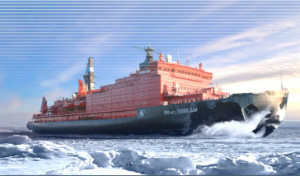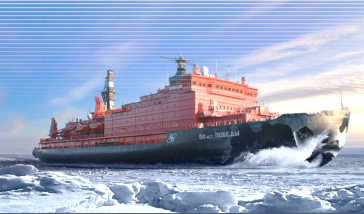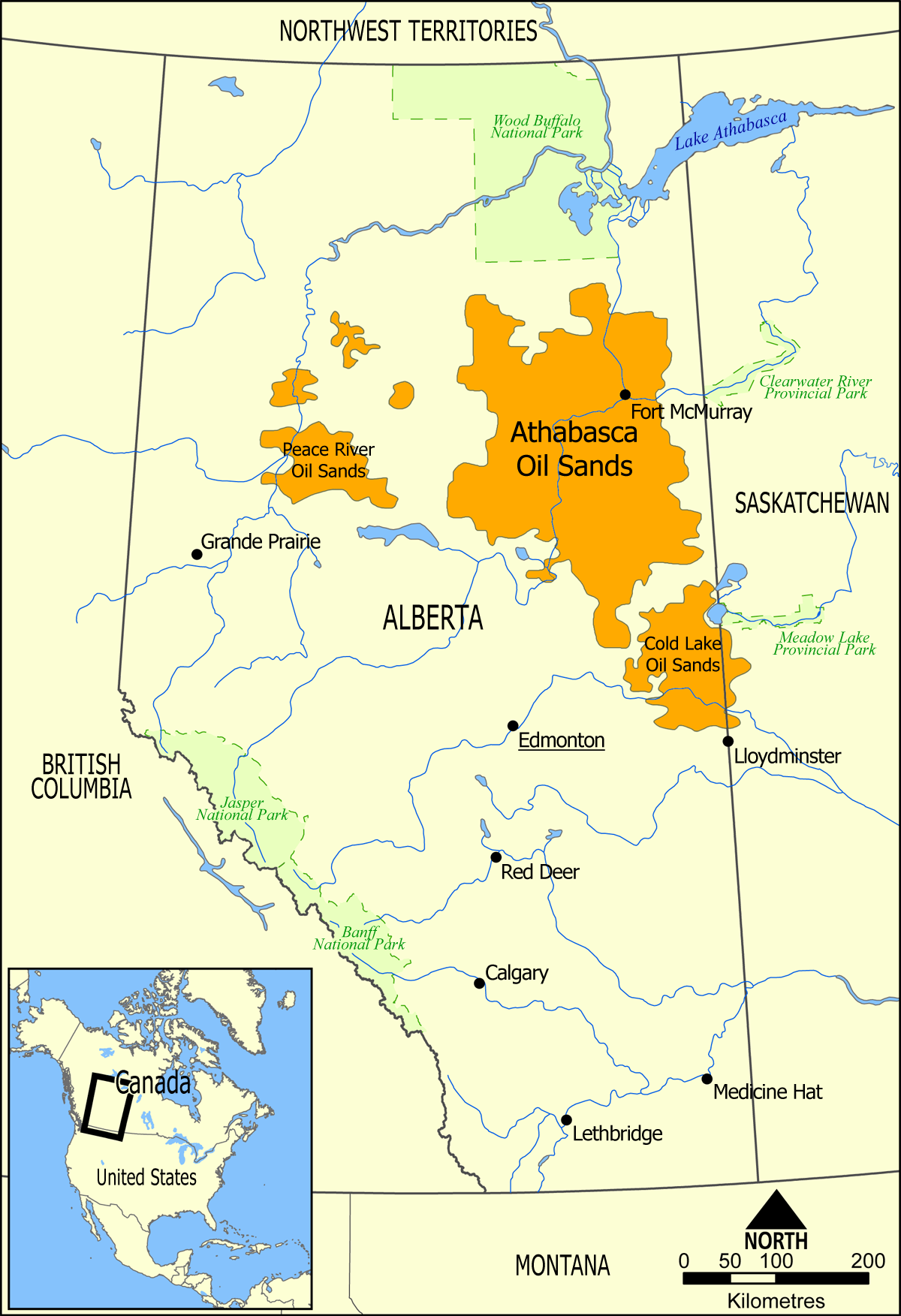On September 18, 2008, the Russian federal government signed the Basics of the State Policy of the Russian Federation in the Arctic for the Period Till 2020 and for a Future Perspective into law. This document outlines the Kremlin’s priorities in the region, including using the Arctic as a strategic resource base to provide the solution to economic problems in the country. Additionally, it states the state’s intent for the Northern Sea Route (NSR) to be the national transport communication route of the Russian Arctic. Furthermore, it expresses Russia’s hope that this sea-lane will be used for the transportation of goods to and from domestic and international destinations. This would be assisted by the federal government through state support for the construction of coastal and sea-going infrastructure necessary to make this route commercially viable. The overall tone taken by Russia is that it is sole owner of the route.

As part of this state support, the Northern Sea Route Administration (NSRA) was established according to state law on March 15, 2013. Located in Moscow, this body handles the administrative work necessary for the smooth operation of this route. The NSRA is responsible for handling applications for transit as well as ensuring the safety of vessels along the route through up to date weather and ice conditions.
Transit statistics provided show that in 2011, the NSR saw 41 civilian vessels sailing the route carrying 820,789 tons of cargo. In 2012, there was little growth in the number of vessels on the route, with only 46 going through. However, there was a major increase in cargo transported, up to 1,261,545 tons. After the establishment of the NSRA, the number of ships making their way through Russia’s northern waters has risen, with 71 ships carrying 1,355,897 tons of cargo being reported.
The increase in freighter traffic since the route opened to foreign vessels, is causing icebreakers, which have also been used to ferry tourists on cruises to the North Pole since 1991, to see their tourist functions reduced and eventually phased out. The aging icebreakers are needed to escort freighters through the route. This reprioritization of icebreakers is owing to the aging icebreaker fleet. The current operational life of the Russian icebreaker fleet is being extended to approximately 2022-25 to meet the demand from increased traffic, and allow the new introduction of three new nuclear-powered icebreakers, which are set to enter into service in 2017, 2019 and 2020 respectively, at the cost of 51.8 billion rubles.
Additionally, Russia has been improving its emergency response capabilities along the Northern Sea Route. These emergency response capabilities are split between the East and the West, with Marine Rescue Coordination Centres (MRCCs) located in Dikson (Eastern) and Murmansk (Western). The MRCCs are operational year round, and under each are several Marine Rescue Sub-Centres (MRSCs). MRSCs Tiksi and Pevek, under the authority of MRCC Dikson, are only operational during the navigation season on a rotational basis, meaning that along the eastern stretches of the NSR, there will be a longer response time in the event of an emergency. Along with the search and rescue responsibilities, the duties of these stations include monitoring oil and gas pipelines. These stations will be staffed with 590 ground and ship based and 384 airborne personnel.

As transit through the NSR increases, Russia has been implementing a number of infrastructure projects along the route. The Yamal Liquefied Natural Gas (LNG) plant is one such project, in part financed by the China National Petroleum Corporation, along with the port being built in Sabetta to act as a transit hub for the LNG plant. The plant is estimated to produce 16.5 million tons of LNG annually, and Sabetta will be capable of handling 30 million tons of cargo a year. Despite the ice conditions of the Ob Bay, this will be a year round port from which a steady stream of LNG will be transported. There is also the example of the port of Liinakhamari on the Pechenga Fjord, which is being revitalized and will have an annual capacity of 15 million tons of oil and 4 million tons of fertilizer.
As the NSR is becoming a more popular sea-lane, Moscow is also implementating of infrastructure projects at the eastern-most reaches of the route. On September 5, 2014, the Russian Agency of Sea and River Transportation announced it would invest $86.6 million into port facilities at the Petropavlovsk-Kamchatsky seaport on the Kamchatka Peninsula. The Agency estimate that after these upgrades have been completed, the port will have an annual turnover of 500,000 containers, or approximately 8 million tons of cargo.
Great strides have been made by the Russian government to make the Northern Sea Route a viable transit option. While many projects still need to be completed, the mechanisms are already in place to assert Russian control over the route, through attracting international investment into infrastructure projects and increasing traffic. For the Kremlin, maintaining control of this route is paramount to their Arctic policy, continuing their efforts to utilize the economic capabilities of this region to the fullest.




